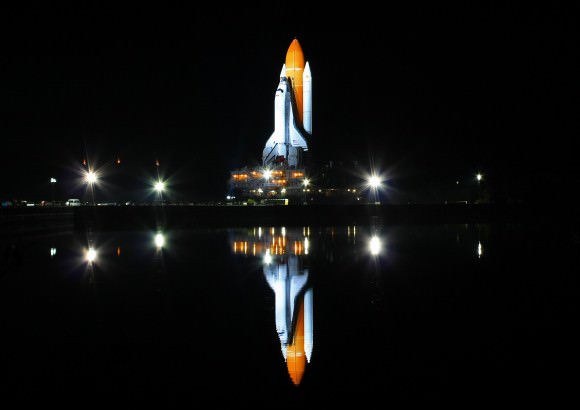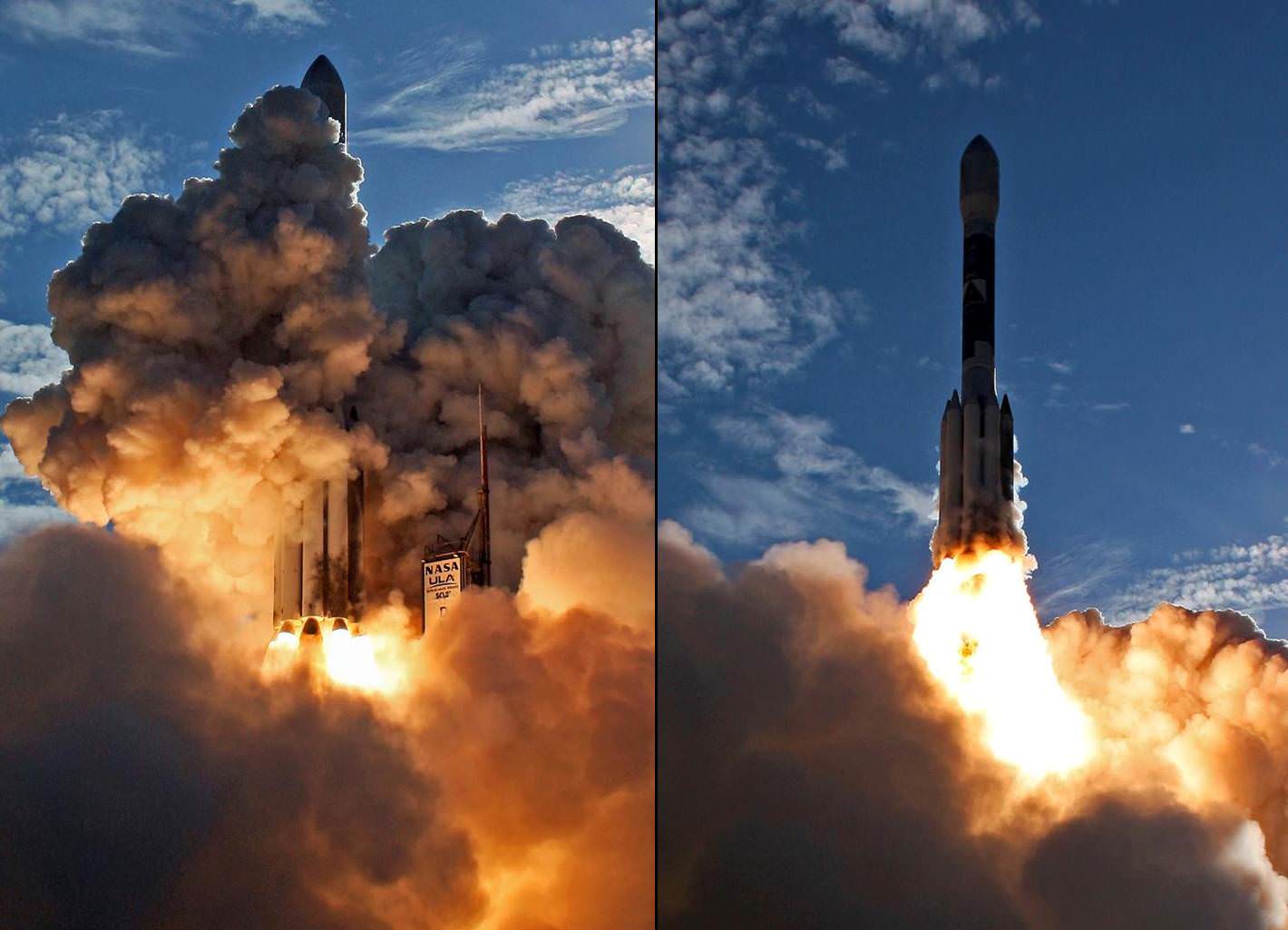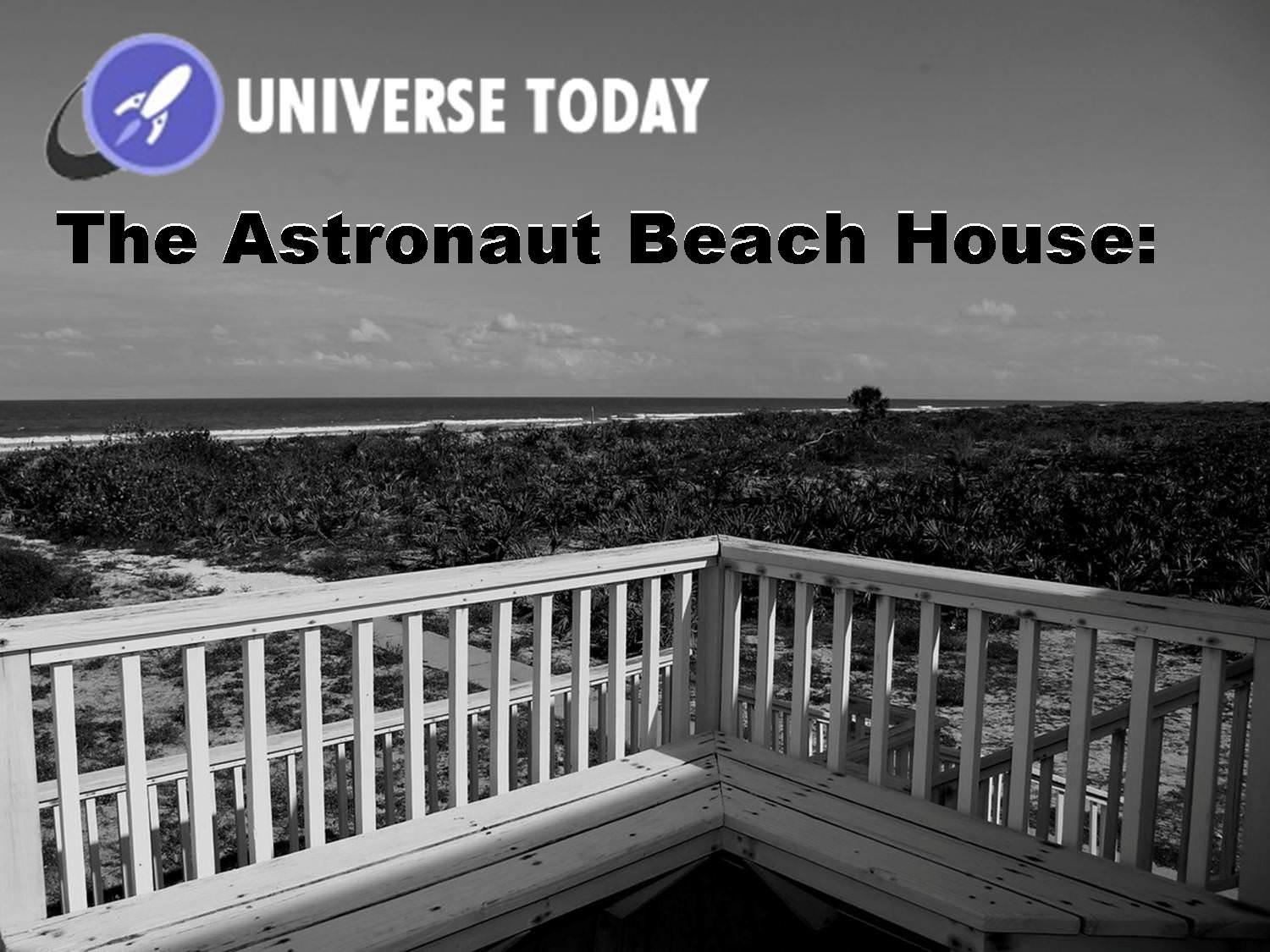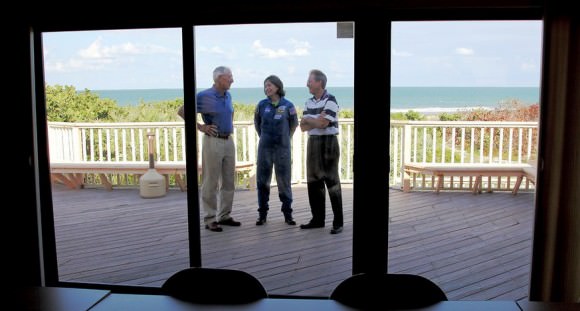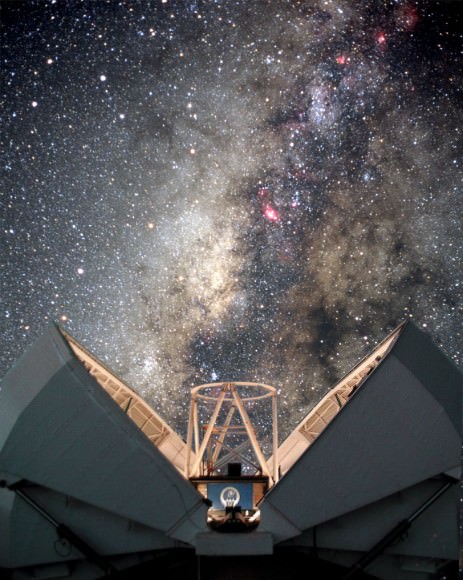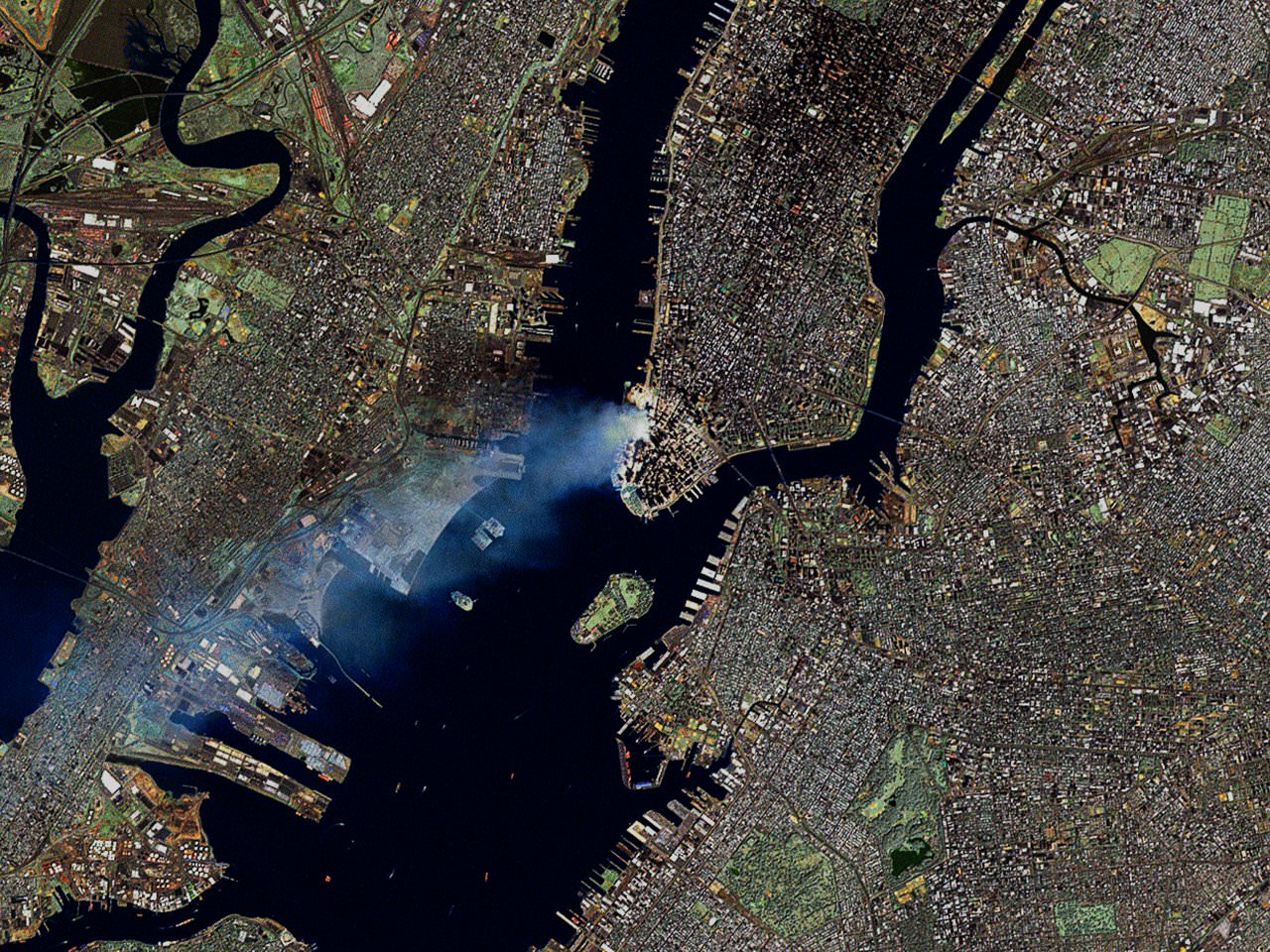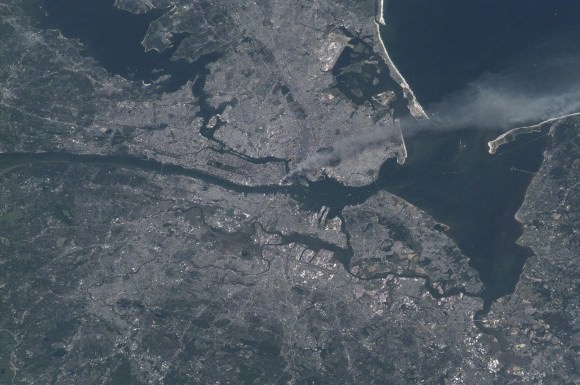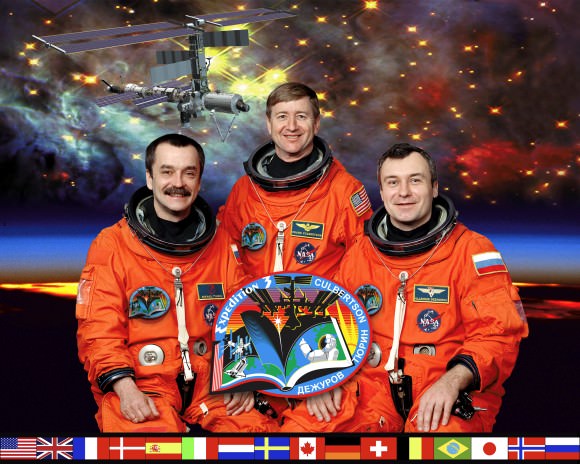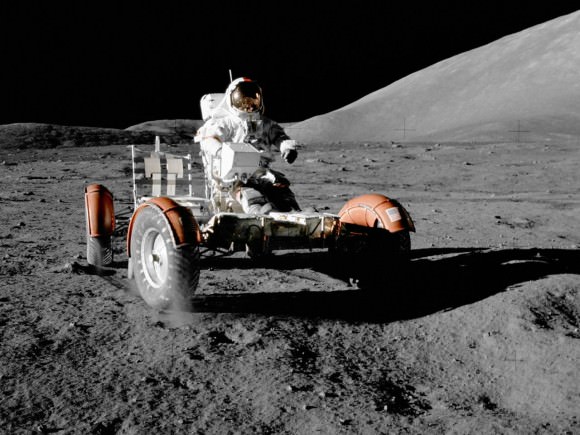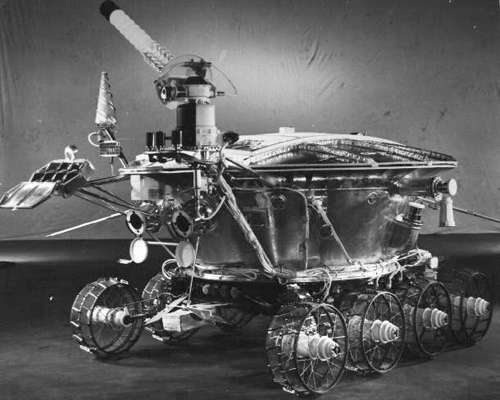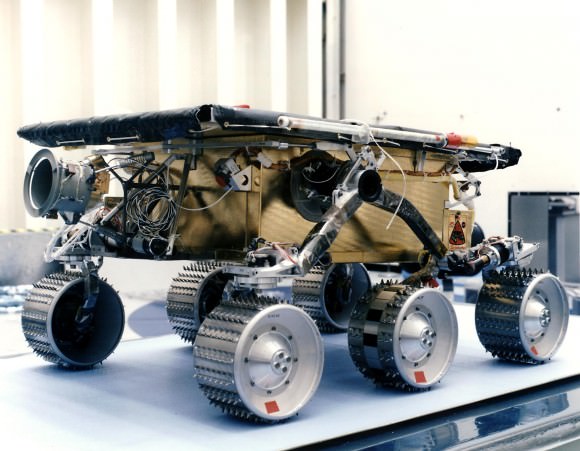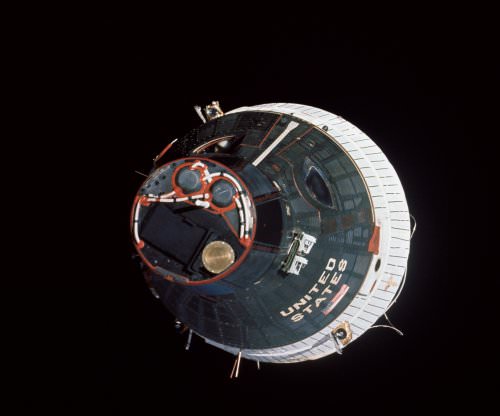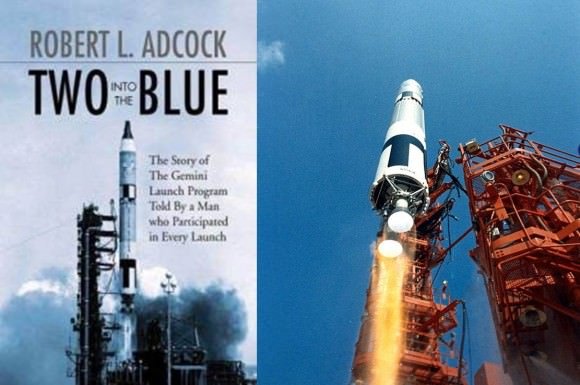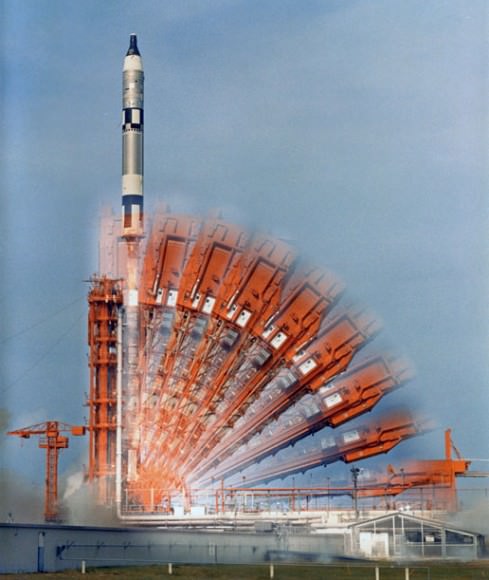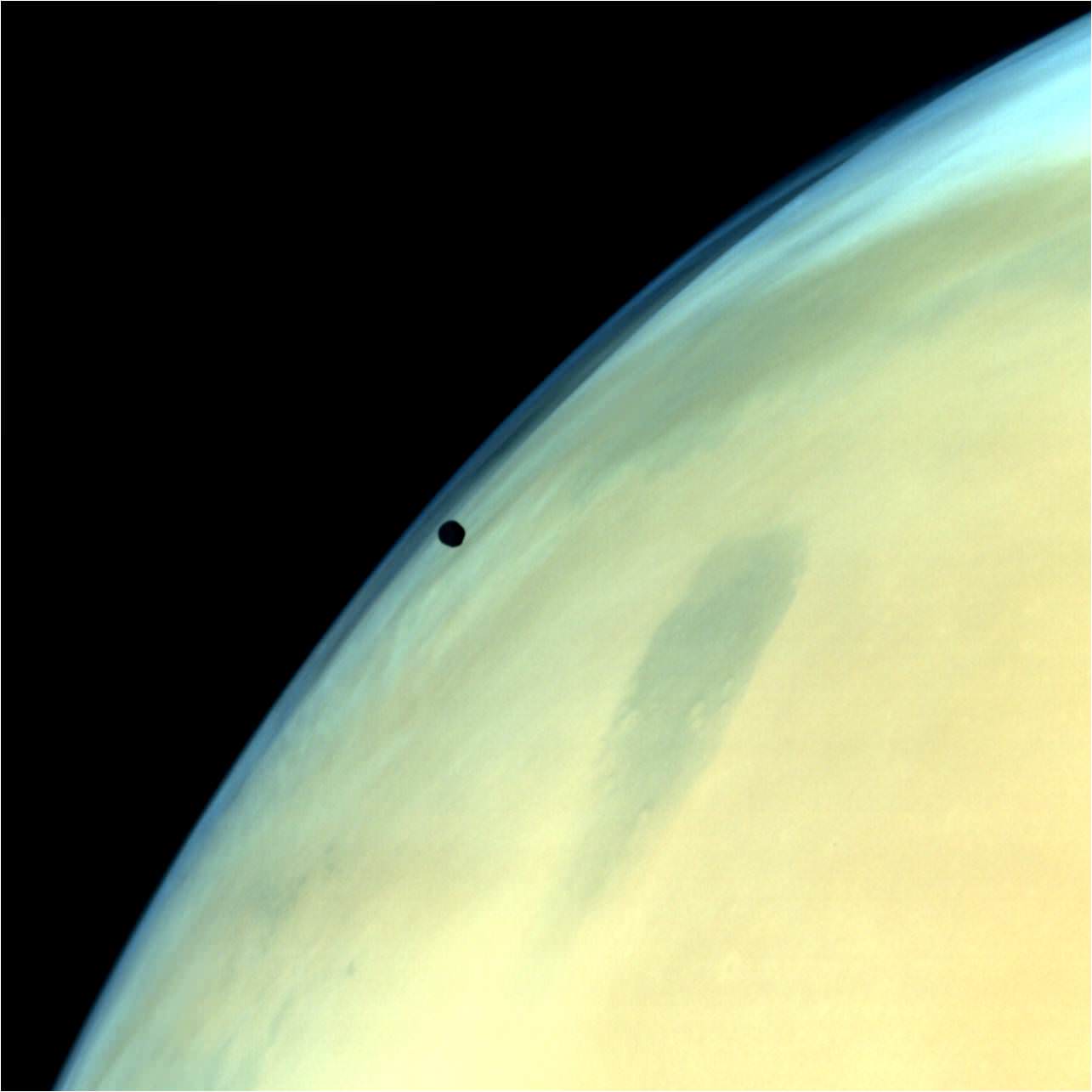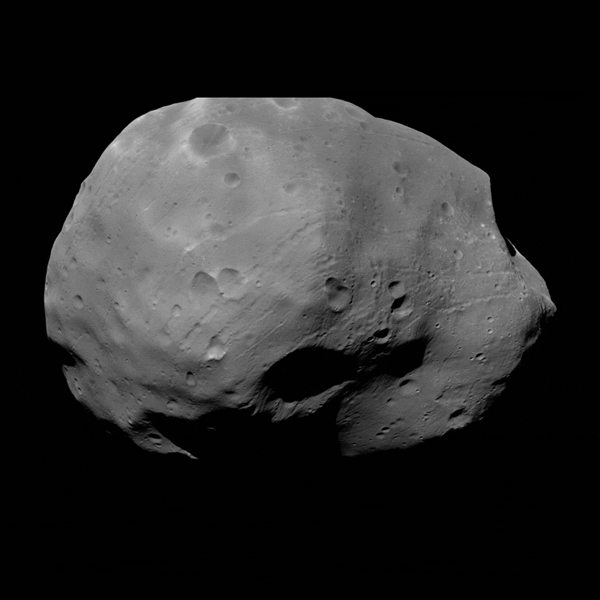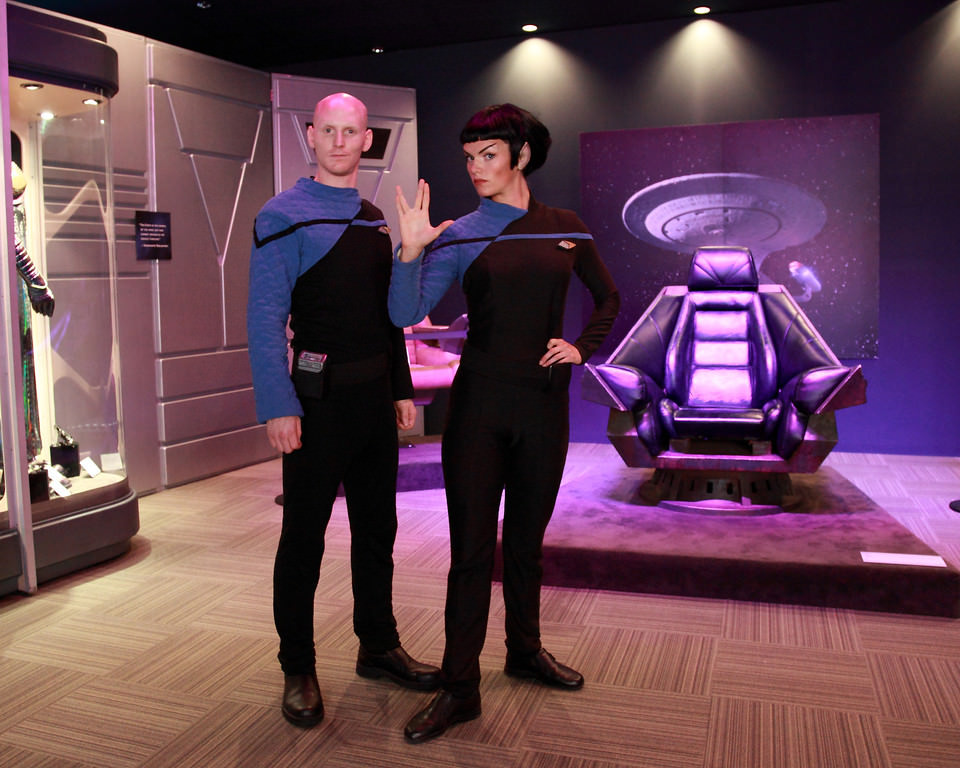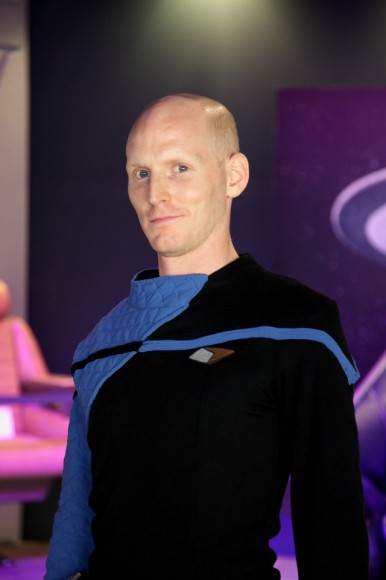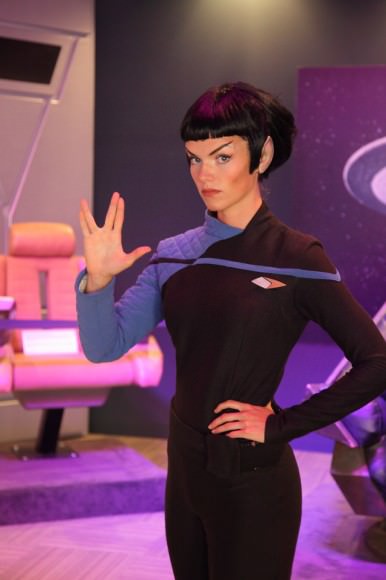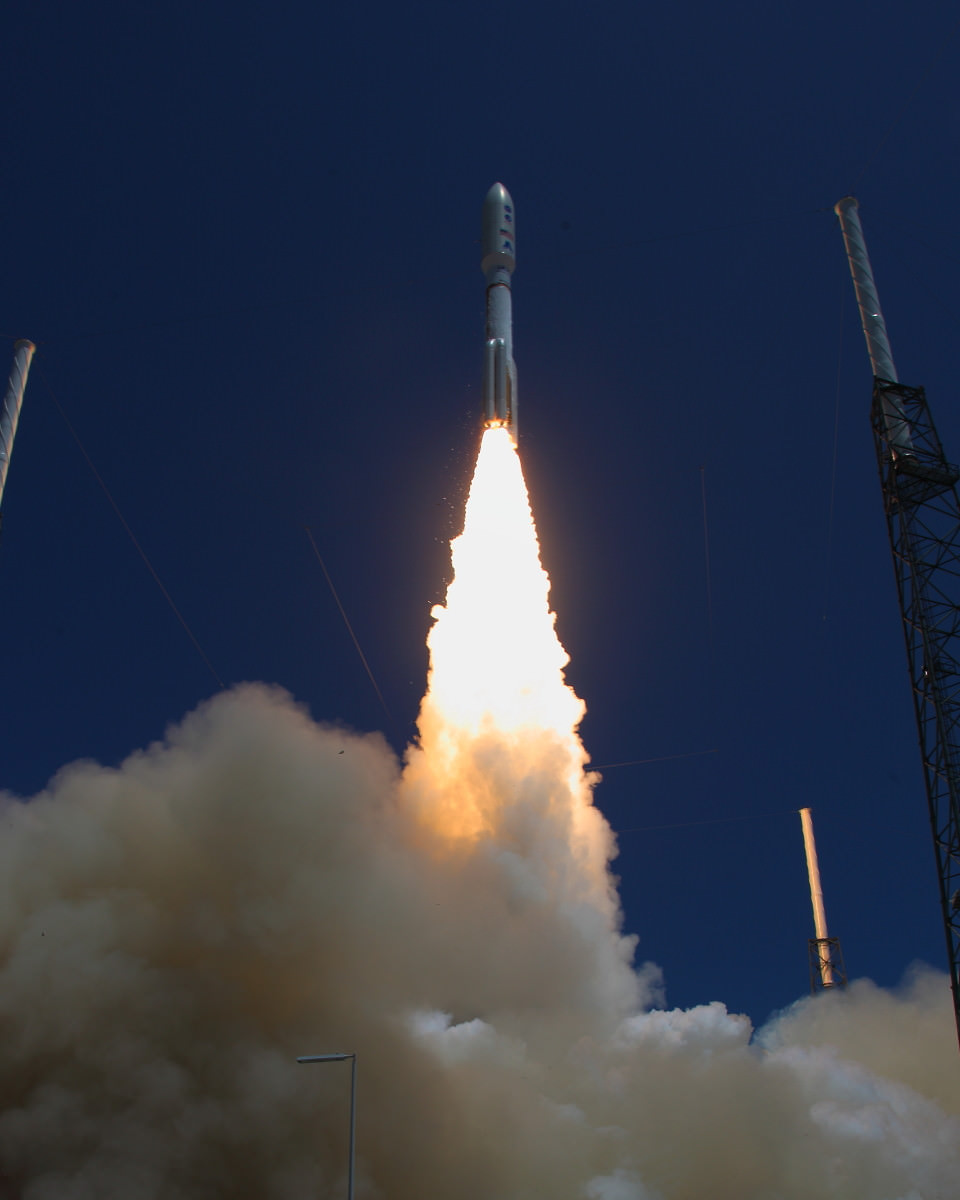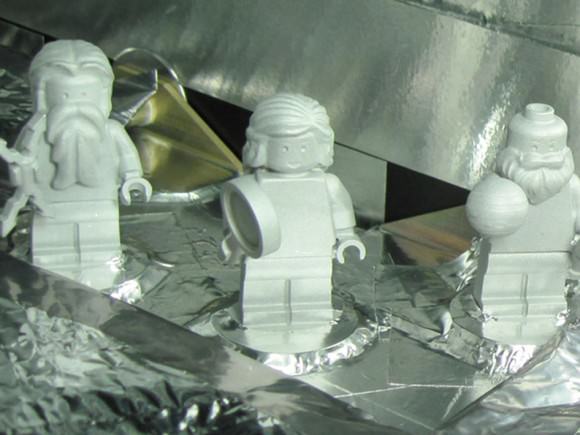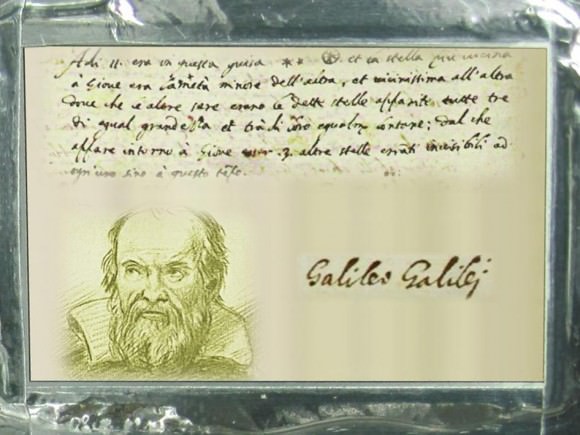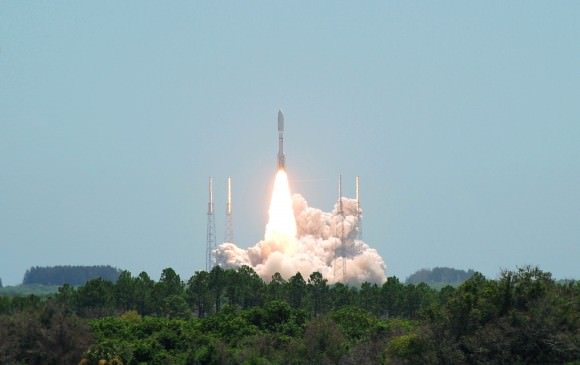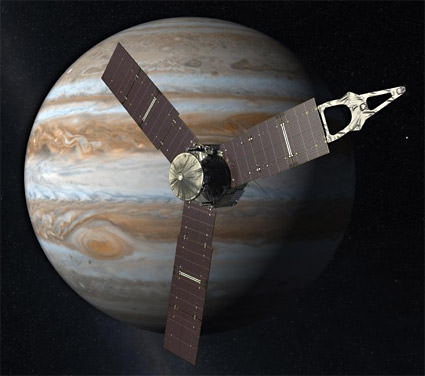[/caption]CAPE CANAVERAL, Fla – The photographers that cover the events that take place in and around Florida’s Space Coast come from diverse backgrounds. However, when it comes to the passion that attracts so many to Cape Canaveral Air Force Station and Kennedy Space Center – their origins are very similar.
Many amateur photographers like Mike Killian have always been interested in spaceflight, in capturing the spectacle of launch. Like Killian, these photographers start out not knowing how to get onto Kennedy Space Center to shoot the launches and other events that take place there. They work out arrangements with NASA friends to get close and then, finally, they get affiliated with an accredited news organization (in Killian’s case the ARES Institute).
“I have loved the space program since I was a child,” Killian said. “Most folks that come out here and do this I doubt very highly that they do it thinking they will get rich. They do it because what they are showing the world is so important, so awe-inspiring…and so beautiful.”
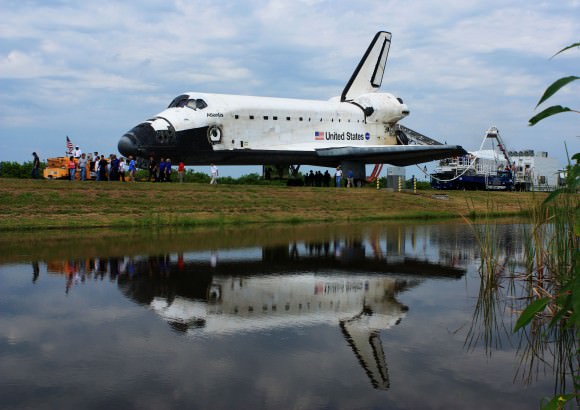
Killian has only covered the space program as a photographer for a relatively short time, about three years. During that time however – he has covered some pivotal points in space flight history. The last flights of the space shuttle era, the launch of spacecraft to Earth orbit, the Moon and soon Mars. Killian, also like his compatriots, sacrifices long hours and endures low pay to capture images of these events. But when he gets that perfect shot of solid rocket boosters separating from an Atlas V on its way to orbit, or the final landing of the space shuttle – it is all worth it.
“Photography is pretty much like anything else,” said Killian during a recent interview. “It’s all about timing – being at the right place – at the right time.”
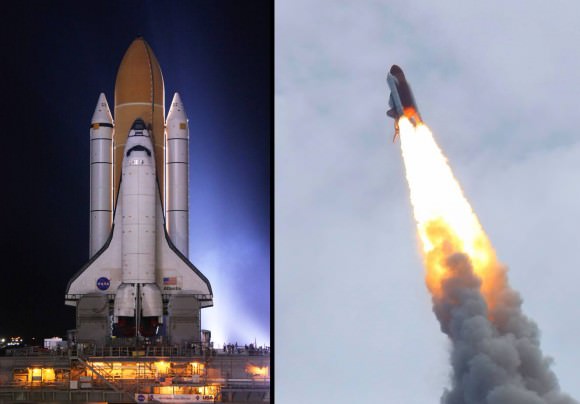
One recurring theme that occurs in aerospace photography is – progression. Photographers will come out to KSC/CCAFS with their digital cameras, then they will buy a more powerful camera and then they move on to remote cameras. When one hears remote they think the cameras are far away – the truth is that these cameras are extremely close. “Remote” means that they are remotely activated – generally by either a sound or light sensor.
Killian employs 2 Canon Rebel XSi cameras due to the camera’s affordability and versatility.
The 27-year-old, unlike many of his colleagues, does have a favorite image – and it isn’t even one that he took on Kennedy Space Center proper.
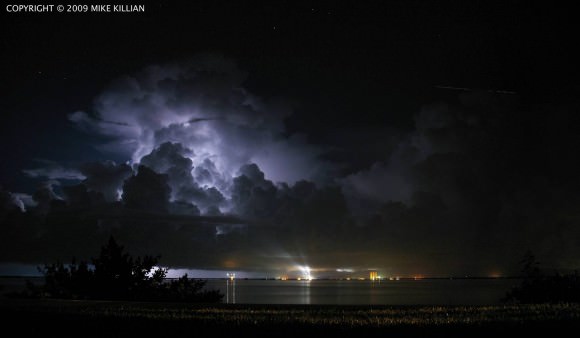
“My favorite shot thus far is of a lightning storm over KSC for the night launch of Discovery on STS-128. That storm scrubbed the launch attempt, but the images I captured that night were unreal,” said Killian. “This particular photo has so much going on – Discovery basking in xenon lights atop launch pad 39A fully fueled with her crew onboard, lightning racing through the clouds directly above KSC, & the shuttle training aircraft flying over the storm (upper left of photo) on weather recon trying to determine if there would be any chance the storm could let up in time to support a launch that night. It’s very unique, not your typical launch photo.”
For Killian photographing the space program allows him to both combine his love of photography with the driving interest that he has for space flight. Killian has no plans to stop photographing the space program anytime soon. For him this is not about the money, it’s about the history of thunder and the wonder of light and like so many of his fellow photojournalists he feels privileged to be able to do what he does.
